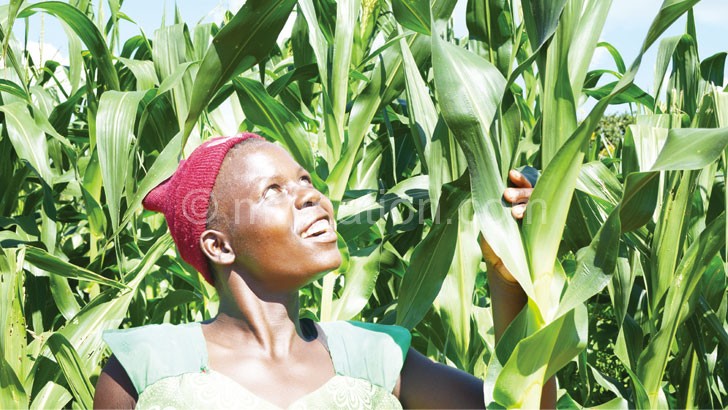Editors PickNational News
Elsewhere there is hope
While climate change is negatively affecting the agriculture sector and messages of doom and gloom have clogged the minds of farmers, elsewhere there is hope. Courtesy of a project by the European Union (EU) aimed at strengthening community resilience to climate change, some farmers in Blantyre, Zomba, Neno and Phalombe can afford a smile. In the picture, Elube Mandevu of Phalombe admires her maize crop cultivated using modern agricultural methods that take into consideration the ever-changing weather patterns.—







I’m not sure what ‘modern’ methods of agriculture this article is referring to, but I know that there are many time-honoured traditional practices that are also extremely resilient in the face of climate change…many of which are being ignored and overlooked by the current promotion of ‘conventional’ agriculture. Technologies such as intercropping, crop diversification, mulching, cover-cropping, agroforestry, food forests, swales, agroecology, water harvesting, crop rotation, and the integration of drought-resistant local varieties of crops (of which there are literally hundreds to choose from), are all extremely beneficial to ensuring food and nutrition security throughout the year even in challenging conditions. The pictures below were both taken on Feb. 10, 2016 near Chitedze, Malawi, approximately 100 metres apart from each other. The top picture is that of a ‘conventional’ monocropped maize field, and the picture on the bottom is a diversified, agroecological, 100% organic field (which includes the planting of open-pollinated ‘local’ maize). The results speak for themselves.